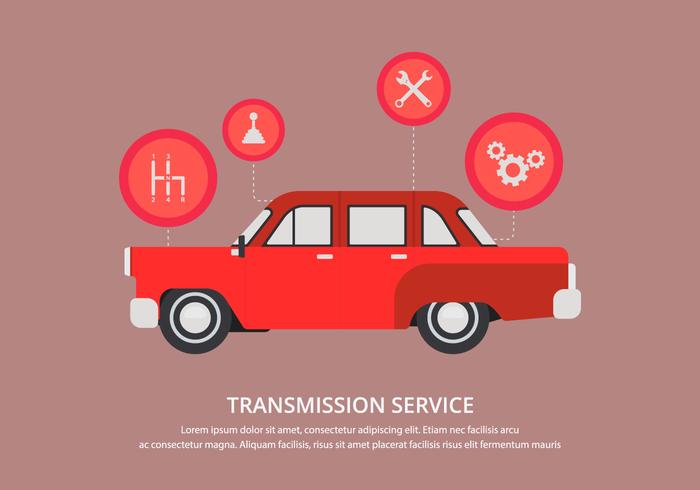Wondering About The Significance Behind Those Dashboard Warning Lights? Gain Understandings Into Their Effects For Your Vehicle'S Safety And Security And Upkeep
Wondering About The Significance Behind Those Dashboard Warning Lights? Gain Understandings Into Their Effects For Your Vehicle'S Safety And Security And Upkeep
Blog Article
Web Content By-Faulkner Alvarado
When you lag the wheel, those glowing warning lights on your control panel can be a little bit complicated. Do you understand what they're trying to tell you about your vehicle's wellness? Comprehending https://archerpkdyr.livebloggs.com/38416940/how-can-mobile-car-describing-change-your-lorry-treatment-experience-while-ensuring-top-quality-discover-the-key-variables-to-think-about-before-picking-a-detailer of these lights is vital for your security and the long life of your car. So, the next time one of those lights turns up, would not you want to decode its message accurately and take the required actions to resolve it?
Common Warning Lights and Interpretations
Determine common warning lights in your cars and truck and understand their meanings to guarantee secure driving.
One of the most normal warning lights consist of the check engine light, which signals problems with the engine or emissions system. If simply click the up coming site comes on, it's critical to have your vehicle examined quickly.
The oil stress advising light indicates reduced oil pressure, needing instant focus to prevent engine damage.
A flashing battery light could recommend a malfunctioning charging system, possibly leaving you stranded otherwise attended to.
The tire pressure surveillance system (TPMS) light informs you to reduced tire stress, impacting automobile stability and gas effectiveness. Ignoring this might lead to dangerous driving conditions.
The ABS light shows a problem with the anti-lock stopping system, compromising your capacity to quit swiftly in emergencies.
Last but not least, the coolant temperature warning light warns of engine getting too hot, which can result in extreme damage otherwise fixed promptly.
Understanding these typical caution lights will help you attend to concerns quickly and maintain risk-free driving conditions.
Significance of Prompt Interest
Recognizing the typical caution lights in your cars and truck is only the initial step; the importance of promptly addressing these cautions can't be emphasized sufficient to ensure your safety when driving.
When a warning light brightens on your control panel, it's your automobile's way of connecting a possible concern that needs focus. Disregarding these warnings can result in extra severe problems down the road, compromising your safety and security and potentially costing you extra out of commission.
Motivate attention to advising lights can protect against malfunctions and accidents. For instance, a flashing check engine light might suggest a misfire that, if left ignored, could cause damage to the catalytic converter. Addressing this quickly can conserve you from a costly repair.
In a similar way, a brake system warning light might signal reduced brake liquid or worn brake pads, important elements for your safety and security when driving.
Do It Yourself Troubleshooting Tips
If you discover a caution light on your control panel, there are a couple of DIY troubleshooting tips you can attempt before seeking professional help.
https://brake-repair61504.blogripley.com/32748750/analyze-your-car-s-demands-to-discover-the-perfect-automobile-outlining-solution-for-you-however-which-elements-will-truly-influence-your-choice is to consult your car's guidebook to understand what the particular warning light indicates. In https://drivers-training-near-me40617.bloggerchest.com/32009874/remarkably-practical-mobile-auto-describing-solutions-not-only-save-you-time-and-money-however-also-boost-your-automobile-s-long-life-uncover-just-how-they-can-change-your-regular can be as straightforward as a loosened gas cap causing the check engine light. Tightening the gas cap might deal with the trouble.
Another usual problem is a low battery, which can trigger various alerting lights. Examining the battery connections for corrosion and ensuring they're safe could fix the issue.
If a caution light lingers, you can try resetting it by disconnecting the car's battery for a few minutes and afterwards reconnecting it. Additionally, examining your vehicle's liquid degrees, such as oil, coolant, and brake fluid, can aid fix advising lights associated with these systems.
Final thought
To conclude, understanding your automobile's warning lights is crucial for keeping your vehicle running smoothly and securely. By immediately addressing these informs and knowing what they indicate, you can avoid costly repair work and prospective break downs.
Keep in mind to consult your automobile's handbook for particular details on each cautioning light and take action appropriately to ensure a trouble-free driving experience.
Stay informed, stay safe on the road!
